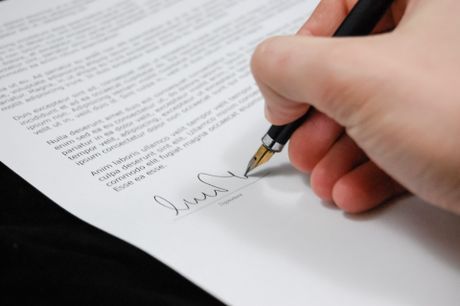Understanding Acknowledgments vs. Jurats in Notarization
Acknowledgments vs. Jurats in Notarization

In the notary world, acknowledgments and jurats are two fundamental acts that notaries must understand thoroughly.
At ANF Signings LLC, we believe in equipping our notaries with clear and concise knowledge to perform their duties accurately. Here’s a detailed look at the differences between acknowledgments and jurats.
Acknowledgments
Purpose and Use: An acknowledgment is a notarial act where the notary confirms that the signer personally appeared, was identified, and acknowledged signing the document freely and willingly.
The key points include:
- The signer can sign the document before bringing it to the notary.
- The notary verifies the identity of the signer.
- The notary confirms that the signature on the document is voluntary and genuine.
Common Documents Requiring Acknowledgments:
- Real estate deeds
- Powers of attorney
- Trust documents
Jurats
Purpose and Use: A jurat involves the notary witnessing the signing of the document and administering an oath or affirmation to the signer, confirming the truthfulness of the document’s contents.
Key aspects include:
- The signer must sign the document in the presence of the notary.
- The notary administers an oath or affirmation.
- The notary verifies the identity of the signer.
Common Documents Requiring Jurats:
- Affidavits
- Depositions
- Sworn statements
Importance of Properly Using Acknowledgments and Jurats
Using the correct notarial act is crucial for the validity of the document. Incorrect notarization can lead to legal complications and the potential invalidation of the document. Notaries must follow proper procedures to maintain the integrity and legality of notarized documents.
For more information on notarial acts or to enhance your skills through our mentorship programs, contact ANF Signings LLC.
We are dedicated to providing you with the knowledge and support needed to excel in your notary career.
Thank you for choosing ANF Signings LLC.













